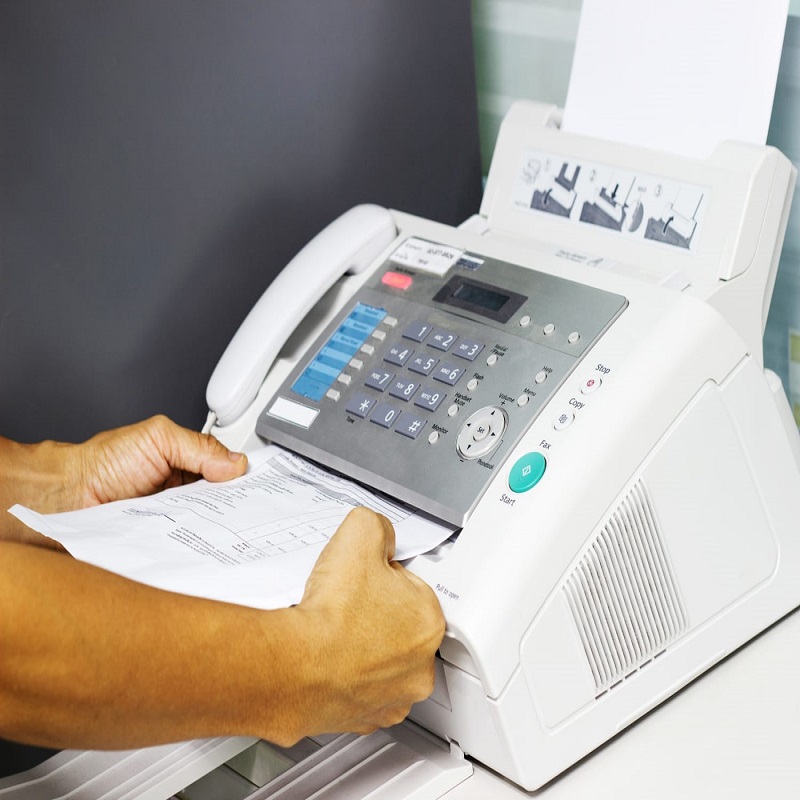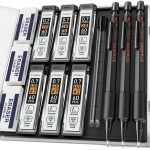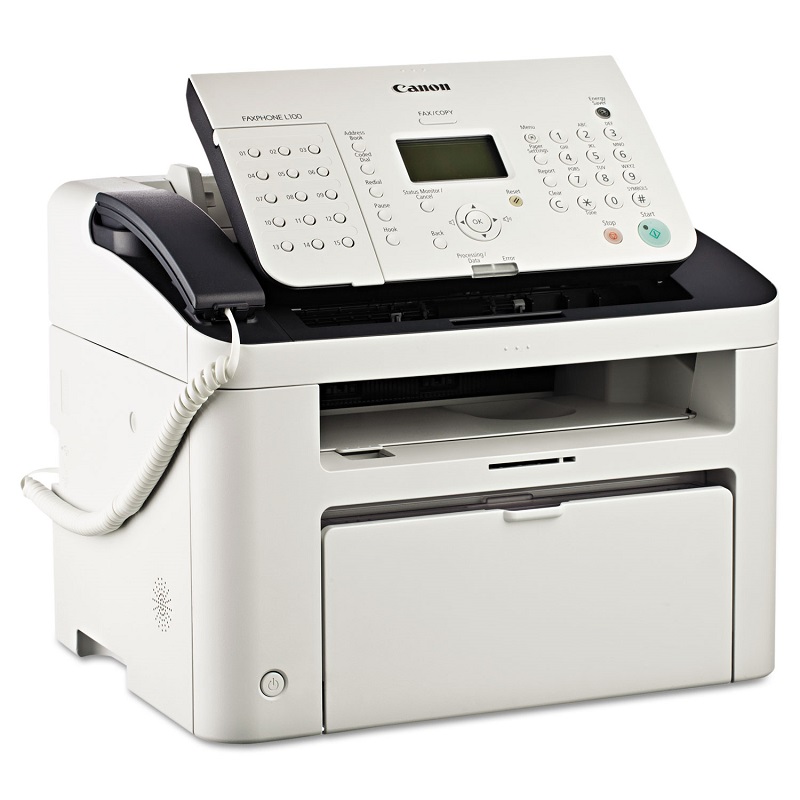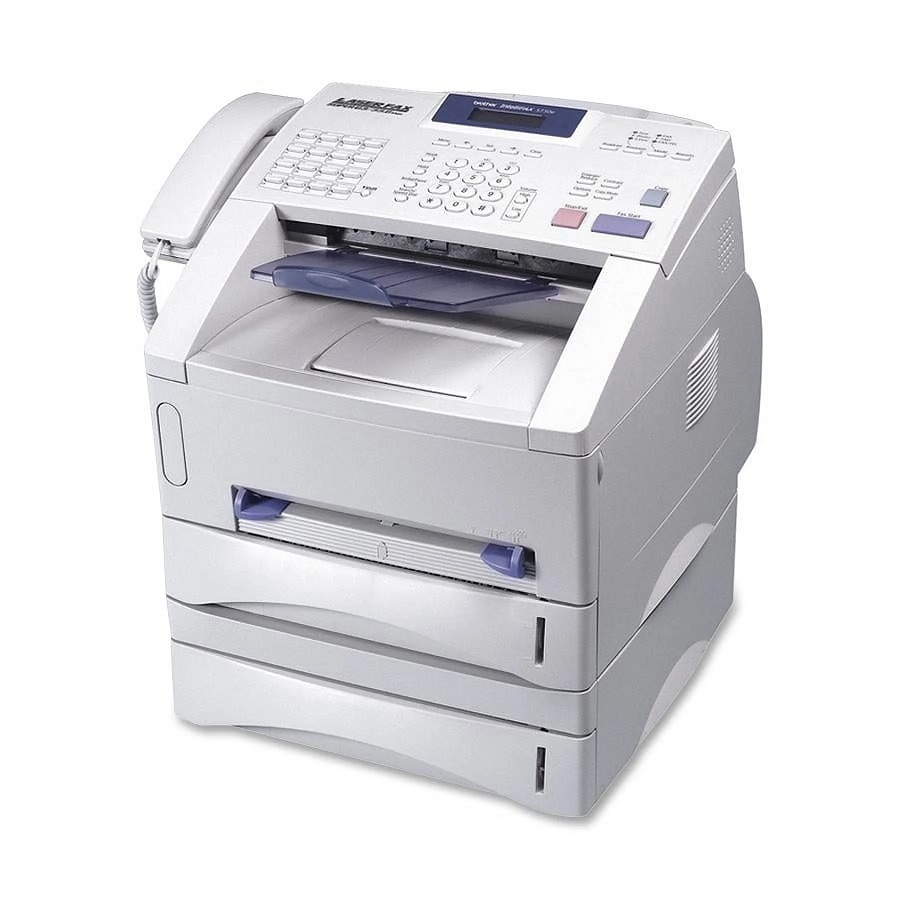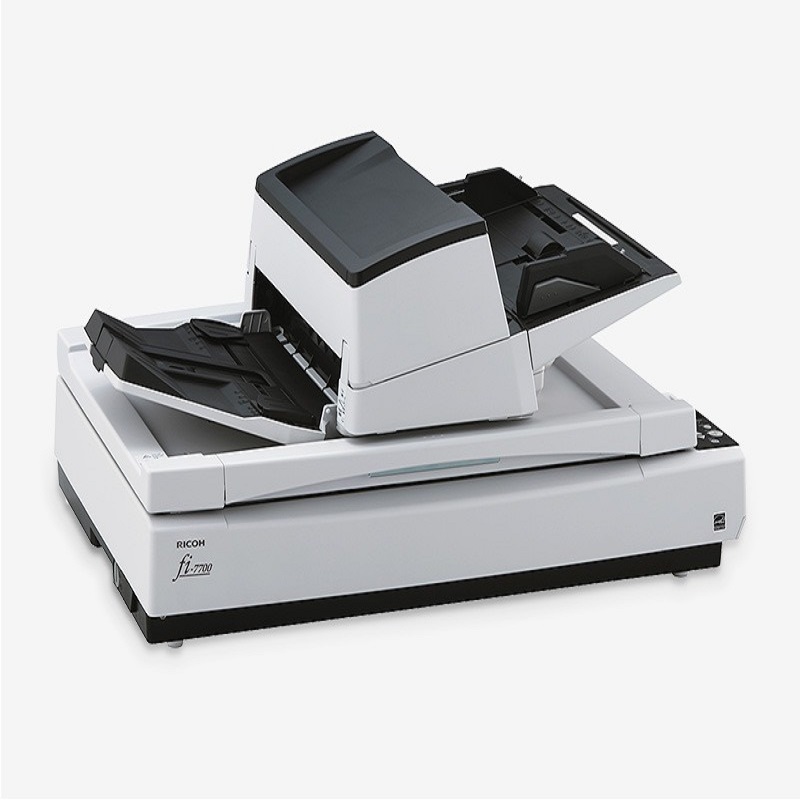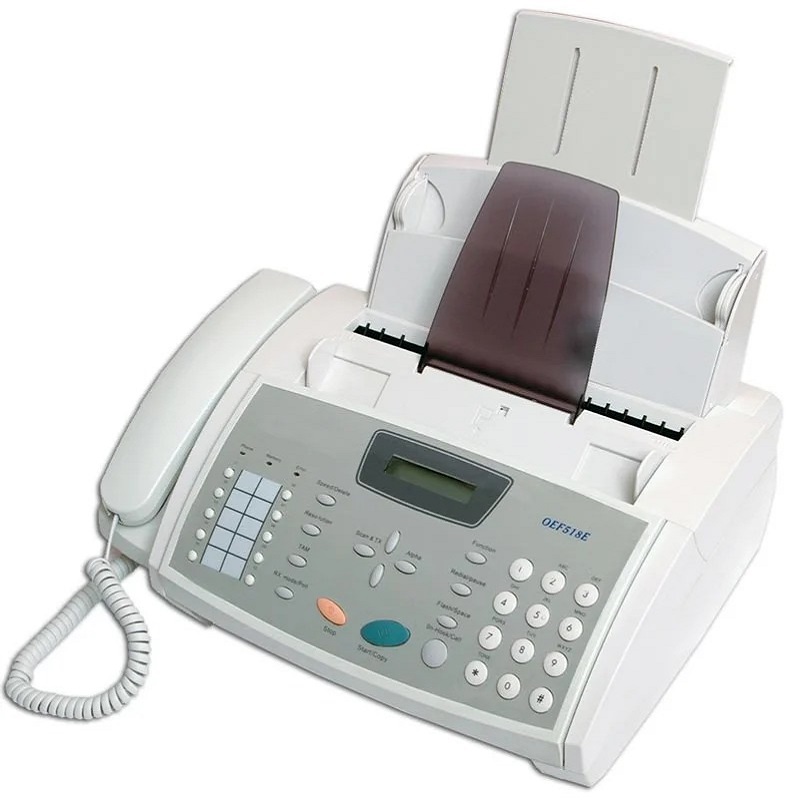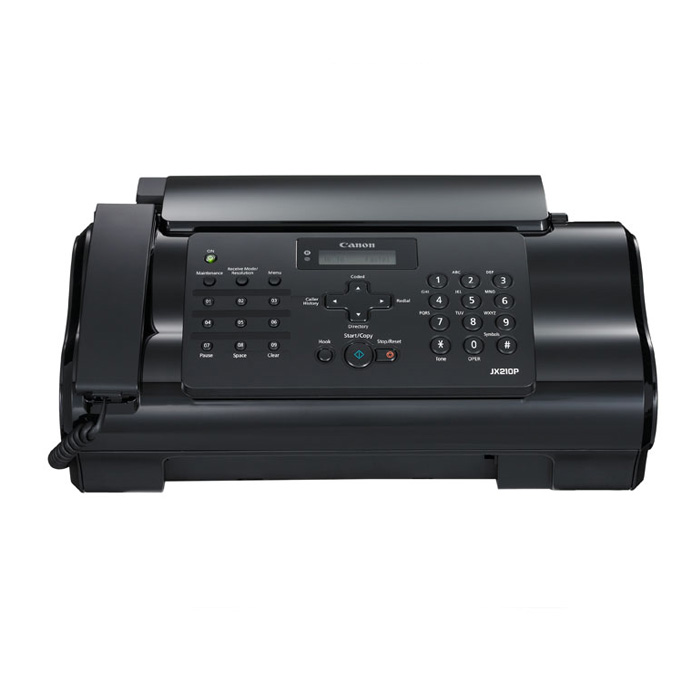How to use a fax machine? Fax machines may be considered old technology by today’s standards, but they are still widely used in many businesses and organizations around the world. Knowing how to use a fax machine is a valuable skill that can come in handy in various professional settings. In this guide, we will take you through the step-by-step process of using a fax machine, from setting it up to sending and receiving faxes.

Setting up the Fax Machine
Before you can start using a fax machine, you need to set it up properly. Here are the basic steps to follow:
- Plug in the fax machine – First, find a suitable location for the fax machine near a power outlet. Plug in the power cord and switch on the machine.
- Connect the phone line – Use a standard telephone jack to connect the fax machine to a phone line. Make sure the connection is secure.
- Set the date and time – Most fax machines will prompt you to set the date and time when you first turn them on. Follow the instructions on the screen to do this.
- Load paper and ink – Open the paper tray and load it with standard-size paper. Check the ink or toner levels and replace them if necessary.
- Test the machine – Once the setup is complete, perform a test fax to ensure that everything is working properly.
Sending a Fax
Now that your fax machine is set up, you can start sending faxes to other fax machines. Here’s how to do it:
- Prepare the document – If the document you want to fax is a physical copy, make sure it is in good condition and free of any tears or creases. If it is a digital file, you may need to print it out before faxing.
- Place the document in the feeder – Open the fax machine’s document feeder and place the document face down. If your machine has a flatbed scanner, you can also place the document directly on the glass.
- Enter the recipient’s fax number – Use the fax machine’s keypad to enter the recipient’s fax number. Make sure you include the area code and any necessary country or city codes.
- Adjust the settings – Some fax machines allow you to adjust settings such as resolution and contrast. Depending on your preferences, you may want to adjust these settings before sending the fax.
- Send the fax – Once everything is set up, press the “Send” or “Start” button to send the fax. The machine will dial the recipient’s fax number and transmit the document.
Receiving a Fax
In addition to sending faxes, your fax machine can also receive incoming faxes. Here’s what to do when you receive a fax:
- Set the fax to receive mode – Most fax machines have a switch or setting that allows you to switch between sending and receiving modes. Make sure the machine is set to receive mode when you are expecting a fax.
- Wait for the incoming fax – When the fax machine detects an incoming fax, it will automatically begin receiving the document. You may hear the machine’s internal components working as it processes the incoming fax.
- Retrieve the fax – Once the fax has been successfully received, you can retrieve it from the output tray or feeder. Make sure to handle the document carefully to avoid smudging or tearing it.
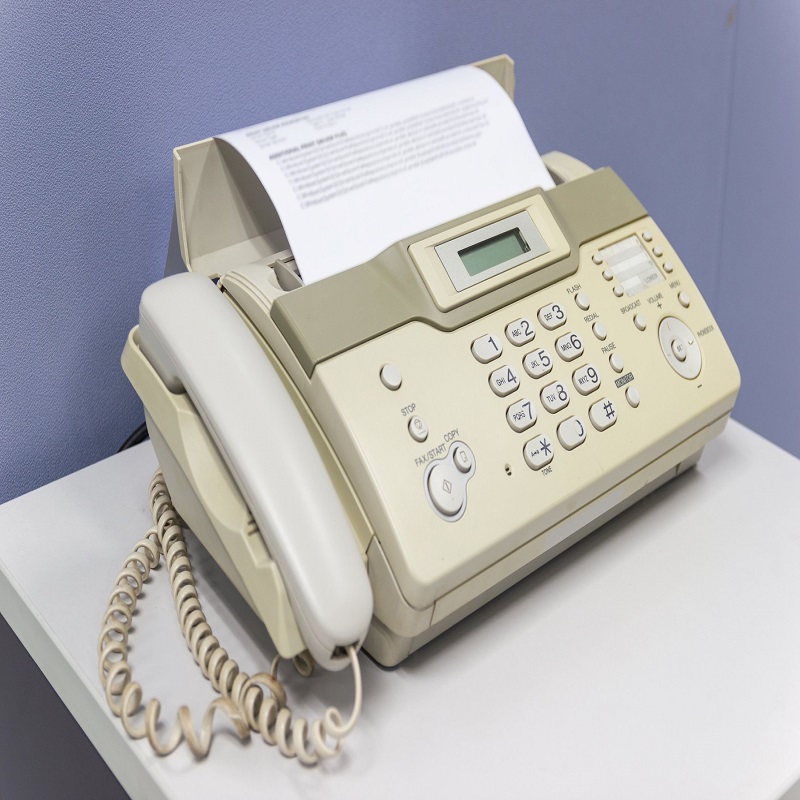
Maintenance and Troubleshooting
To keep your fax machine running smoothly, it’s important to perform regular maintenance and address any issues that may arise. Here are some tips for maintaining and troubleshooting your fax machine:
- Clean the machine – Regularly clean the fax machine’s paper path, feeder, and glass to remove any dust, dirt, or debris that may accumulate over time.
- Check for paper jams – If the fax machine displays an error message indicating a paper jam, carefully remove any jammed paper and clear the paper path.
- Test the machine regularly – Periodically send test faxes to ensure that the machine is functioning properly and that the recipient’s fax number is dialed correctly.
- Replace ink or toner – When the ink or toner levels are low, replace them with fresh supplies to maintain the quality of faxes.
Advantages of fax machine
Convenience and Accessibility
One of the most significant advantages of using a fax machines work is its convenience and accessibility. Unlike email, which requires an internet connection and often faces issues with spam filters and security concerns, fax machines provide a direct and secure way to send and receive important documents. With a fax machine, you can quickly and easily send a document to someone in another location without having to worry about whether they have access to the internet or the necessary software to open the file. This makes fax machines a reliable and efficient tool for communication, especially in situations where immediate transmission of documents is required.
Legal and Security Compliance
Fax machines are commonly used for transmitting legal documents, contracts, and sensitive information due to their compliance with legal and security standards. In many industries, including healthcare, finance, and law, fax machines are still the preferred method of communication for transmitting confidential information. This is because fax transmissions are considered to be more secure and less susceptible to hacking or unauthorized access compared to other digital communication methods. In addition, many jurisdictions and regulatory bodies require certain documents to be transmitted via fax to ensure legal compliance and data security.
Legacy Technology Compatibility
Another advantage of fax machines is their compatibility with legacy technology. While email and other digital communication platforms have become the standard for many businesses, there are still instances where older technology must be used. For example, some older printers, copiers, and document management systems may only support fax communication, making fax machines essential for maintaining compatibility with these systems. Additionally, when communicating with individuals or organizations that have not fully transitioned to digital communication, fax machines serve as a bridge between older and newer forms of technology, ensuring seamless communication between different platforms.
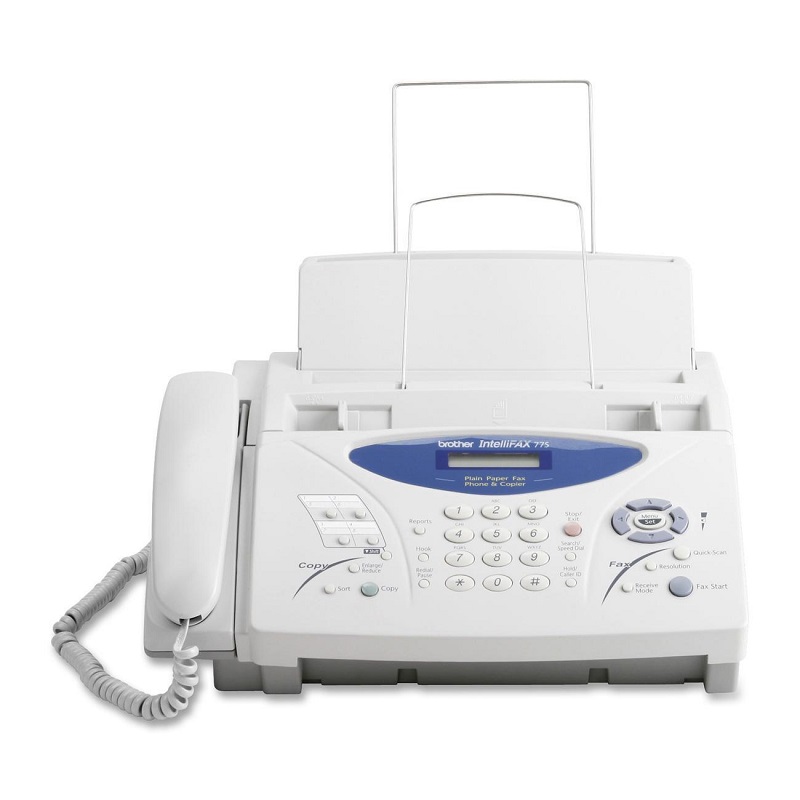
Physical Document Transmission
In a world where digital communication has become the norm. The physical transmission of documents through fax machines can be advantageous in certain situations. For example, when sending signed contracts, original documents. Or documents with handwritten annotations, fax machines provide a tangible and reliable method for transmitting these materials. This physical aspect of fax transmission can add a level of security and authenticity to the document. Which may be preferred in certain business and legal contexts. Additionally, fax machines allow documents to be received in their original format without the need for scanning or conversion. Making them a practical tool for preserving the integrity of important documents.
Reliability and Confirmation
Unlike email, which can be prone to delivery issues and spam filters. Fax machines offer a higher level of reliability and confirmation for document transmission. When sending a fax, the sender receives a confirmation report indicating. Whether the transmission was successful or if there were any errors. This ensures that the document is delivered and received by the intended recipient. Providing peace of mind and proof of transmission. This reliability and confirmation feature makes fax machines a preferred option for sending time-sensitive or critical documents. Where ensuring delivery is essential.
Conclusion
In conclusion, knowing how to use a fax machine can be a valuable skill in various professional settings. Whether you need to send important documents, receive signed contracts. Or communicate with clients, a fax machine can be a reliable tool for transmitting information. By following the steps outlined in this guide, you can confidently use a fax machine to send and receive faxes with ease.
